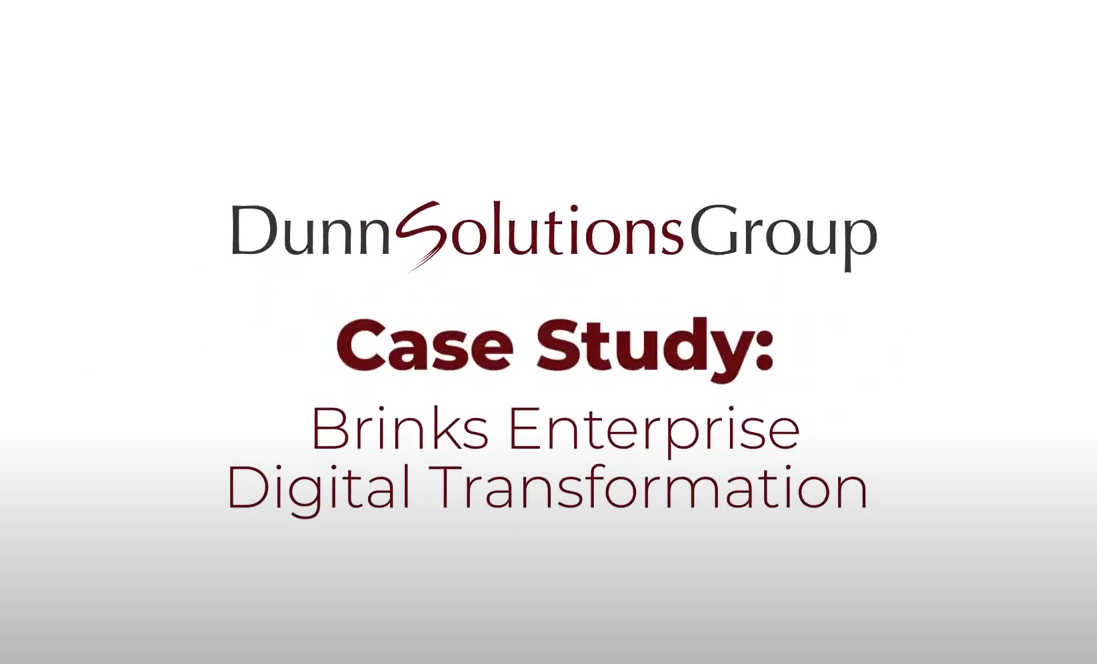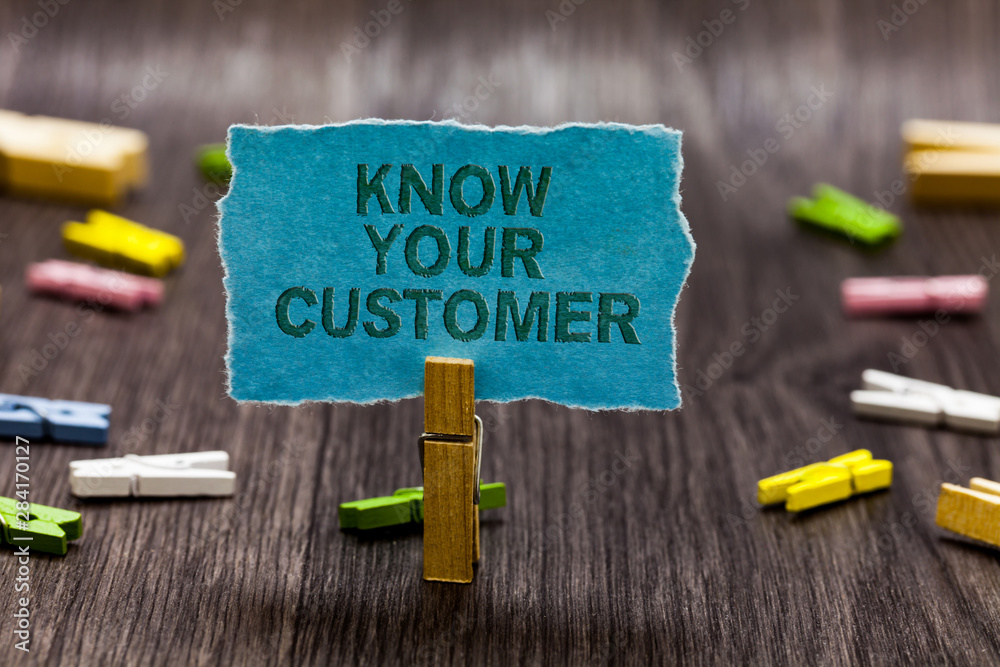In today’s digital landscape, one of the first things that marketers will stress is the importance of delivering a more personalized experience to customers. This isn’t a goal aimed solely at increasing conversions; it’s also just as much about the growing expectations of a modern costumer.
It was only five years ago people were awed when Amazon was able to recommend a product they’d love. Today, users expect that Netflix will recommend to them another binge-worthy series based on their tastes. In fact, studies have shown that nearly 3/4ths of all users get frustrated with websites that don’t deliver personalized content specifically to them.

How do you meet this high demand for personalized messaging?
The answer is in understanding how to leverage the power of dynamic content and how it makes static content seem obsolete. The art of leveraging dynamic content is all in making your communications read as though they are organic and personalized, not auto-generated and canned. By delivering the right messaging at the right time, your customers will be left feeling that you understand their unique needs and in turn will lead to higher sales and happier customers.
So, What is Dynamic Content/Personalization?
Dynamic content refers to the elements of a landing page or email that change depending on a user’s information or past behavior. For instance, the hero image of an email could change to display an image of a particular product line that the user has shown interest in. An online shop could display product recommendations based on a user’s previous purchases or even browsing history instead of simply displaying something along the lines of “Our Top Products”. Another example is an offer on a web page might change for first-time visitors vs. visitors with a higher lead score who are likely ready to buy. This can be used to entice them to finally buy/convert with an offer they can’t refuse.
Ultimately, dynamic content creates a personalized experience for every individual user. So instead of everyone who lands on your site or receives your email seeing the exact same content, visitors will see something unique to them depending on how they have interacted with your company before. Utilizing dynamic content gives you the ability to show users the right content & the right offers at the right time of their sales journey.
How to Apply Dynamic Content to Your Marketing Efforts
Landing Pages:
Landing pages are a great way to convert leads into customers. The impact of delivering a personalized message to every user is monumental when it comes to conversion rates. A simple way to get things going is by integrating the lead’s name into the page design, and then reference products the lead has already used throughout the page so that it flows with content that they are familiar with (and hopefully feel comfortable with!). Another example is if a lead has already downloaded one of your opt-in rewards/gated content, you could display another offer to ensure that she remains active within your funnel and active.

Email:
Delivering dynamic content to users in email campaigns is a great way to increase open rates and conversions. You can There’s much more to personalizing an email than including the user’s name. Content can be changed depending on where a user is or their browsing history.
Forms:
You can offer a far better user experience with personalization through your forms on your website. When a user is identified as “known,” the site can present variations of forms displayed, also called progressive profiling, or even hide them altogether. For example, an unknown visitor might receive a form with a special offer and a known visitor might simply need to confirm their email, or get a different form altogether with more in-depth questions so that you can further profile that user. Another very common example is a known visitor directed to a login page instead of a registration page.
Recommendations:
Both Amazon and Netflix use data-driven recommendations to encourage users to purchase more items or continue their subscription. Amazon pioneered the use of dynamic content for hyper personalized product recommendations. They are doing this not just on their site but through all their marketing channels. Recommendations do not have to be product specific only. You could also recommend content from your blog based on the articles a user has previously read. This helps to remove content from the boundaries of repeat purchases and to ensure users see as much of your content as possible.

Dynamic Search:
On sites with hundreds or even thousands of pages, on site search results can become overwhelming and unhelpful very quickly. You can, however, use individual user data as well as global interaction data to deliver a personalized, user-friendly experience. One method would be to suggest the most frequent search queries (think Google Search’s autocomplete feature). Additionally, your site can deliver results based on a user’s preferences. For example, a user might prefer a particular brand of clothing or only buy items within a certain price range, with this information, you can use personalization to only serve them up products that fits their buying profile leading to higher conversion rates.

How Can Dunn Solutions Turn Personalized Messaging into More Sales with Dunn Solutions
Conceptually speaking, dynamic content is actually relatively straightforward. Making it work, on the other hand, can be much harder to accomplish without the right tools and the right planning.
You will need:
- A central marketing database to store your lead records
- A dynamic content generator to display information in a number of different elements and automatically show or hide elements based on the available data
- Landing Pages that are malleable enough to work hand in hand with your content generator
- And an Email Marketing Platform that can integrate in the same way as your landing pages.
Luckily, marketing automation platforms make providing personalization to your users a lot easier. They act as central hubs for the above systems and are generally a one stop shop for your marketing needs across all of your channels. Things like landing page and email builders that let you point and click to swap out options – all without having to touch any code are just one example of features that you would find within these tools.
Once you’ve collected relevant data on your visitors (things like name, location, page visits, purchase history, etc.), you can then use that data to swap out content on your landing pages & emails to target users on an individual and hyper personalized basis.
For example, a customer visits an online retailer, looks at several products, decides to make a purchase, enters his personal information into the order form and buys the product. His contact details, the purchase made and the other products he looked at are all data that is relevant to him and should be stored in his lead record. The next time this same customer visits the ecommerce site, the website will recognize him, access his stored data and serve up products that are complimentary to his previous purchases.
How You Can Leverage Marketing Automation & Personalized Messaging into Sales with Dunn Solutions
While these Marketing Automation tools give you all the tools that you will need to create a cohesive and hyper personalized omni-channel marketing blanket, you will still need to ensure that you are setting yourself for success on the front of the implementation so that you do not have conflicting or “dirty” data.
Now is the time to act and begin integrating dynamic content into your marketing strategy. Mastering methods, application and implementation can be a stumbling block, but that doesn’t have to be the case. Dunn Solutions Group can show you the ins and outs of dynamic content and give you the guidance to start integrating personalized messaging into your marketing. Contact us today!





